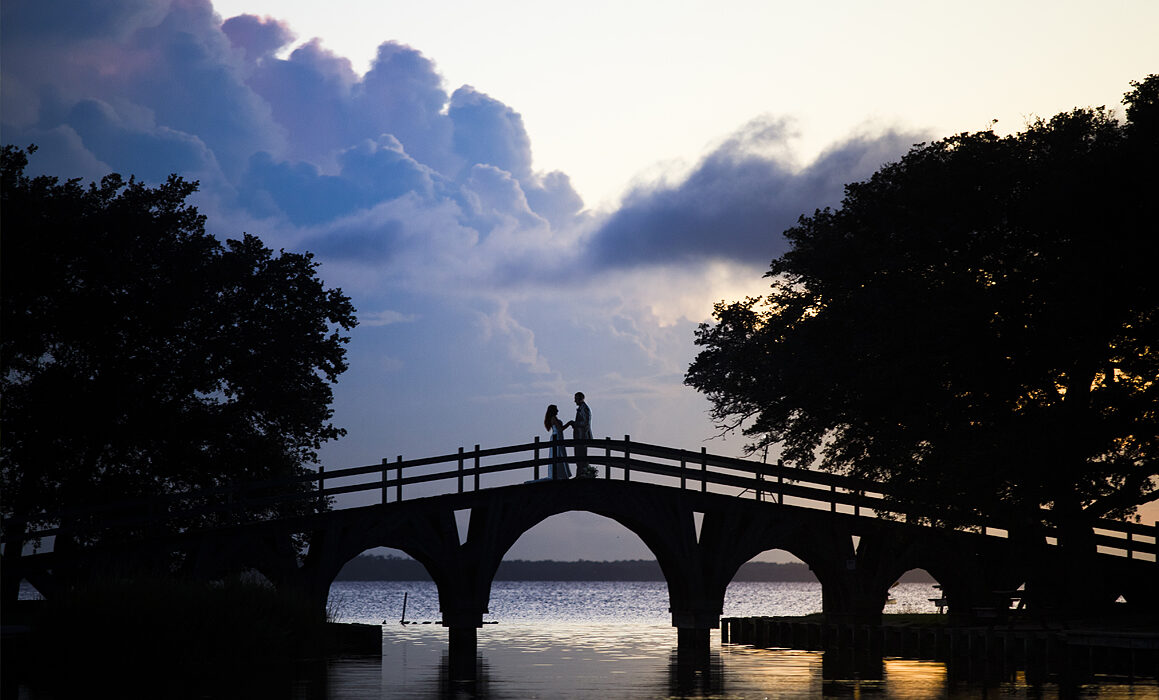Hudson River Valley Wedding Photographer—Does Pixel Size Matter?
The sun was sinking fast behind the hills, tumbling down like a big lazy orange cat, spilling molten honey and light across the Hudson River Valley—deep and smoky, God’s brushstroke smeared along the ridges of the earth. And there I was, my Canon DSLR across my chest, looking for a quiet pocket of truth: just me, the bride and groom, and their silhouettes tangled in love against the evening sky.
I try to disappear. I try to be invisible, unseen, unobtrusive. Like a fly on the wall. Like a jazz cat playing softly in the corner—nobody turns their head, but everybody feels the tune.
Meanwhile, my assistant—a bright-eyed kid, her college diploma hot of the press—cradles a new camera like it’s a 10-ounce gold bar. She whispers specs like prayers: “Pixel size, dynamic range, detail in the shadows—”
I remember that rush—the gospel of gear, the scripture of megapixels, bit depth and burst rates. But I just nod and half-smile, because numbers don’t matter. Just not the way she thinks.
I’ve seen it before. Photographers roll into weddings with gear so sharp it could cut glass, and megapixels stacked so high they can capture the flapping wings of a fly from a hundred feet away. They have things like “burst mode” which capture 10, 14, even 20 photographs a second. And yet—their photographs are hollow. The bride has a smile, sure—her teeth perfect and white but there’s no sparkle. The groom’s eyes are open, but he’s not dizzied with child-like joy of a man in love. The frame may look perfect, but the feeling is missing—like making a wedding cake without sugar. Who wants seconds of that?
Hudson Valley Wedding Photographer—the film days
Back in the day, my first weddings, I had a Hasselblad that coughed every time I pressed the shutter, lenses so slow they wheezed in low light. Grainy shots, rough edges. But lord, when I look at those pictures now? The nervous exhale of a groom seeing the bride walk down the aisle. A father’s tear, as if it should fall or cling to his wrinkled cheek and grandma’s napkin wiping her granddaughter’s face like a love letter. Those pictures may have had noise, but they sang loudly.
I raise my camera again, not thinking about megapixels or bit depth. I watch patiently, as the last piece of sunlight kisses the bride’s cheek and the groom’s eyes hang on her like he’s seeing her again for the first time, and Click. That’s it.
Truth is that pixel size doesn’t matter—not the way your told. Real dynamic range isn’t hiding in the sensor; it’s in your chest, in the wide-open space you left open for the wedding day, the experiences from living in the Hudson River Valley area, from being a wedding photographer, surrounded by love and deep emotions and fleeting moments. That dynamic range counts. And you can’t buy it—not at B&H, not anywhere.

